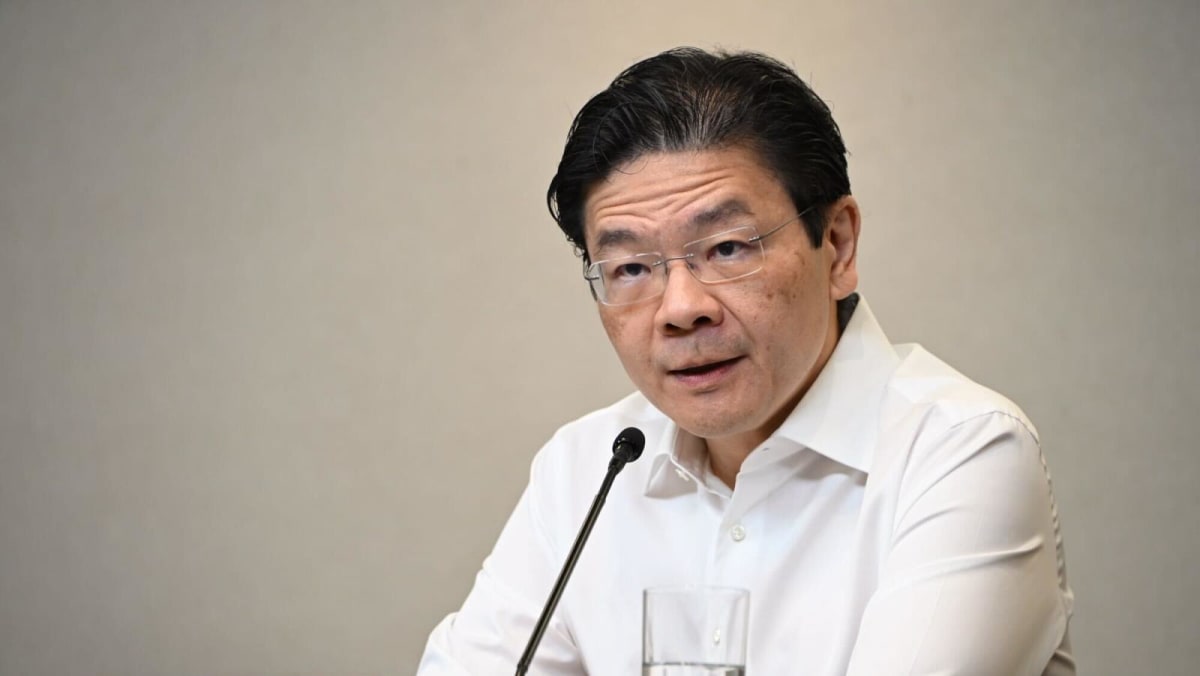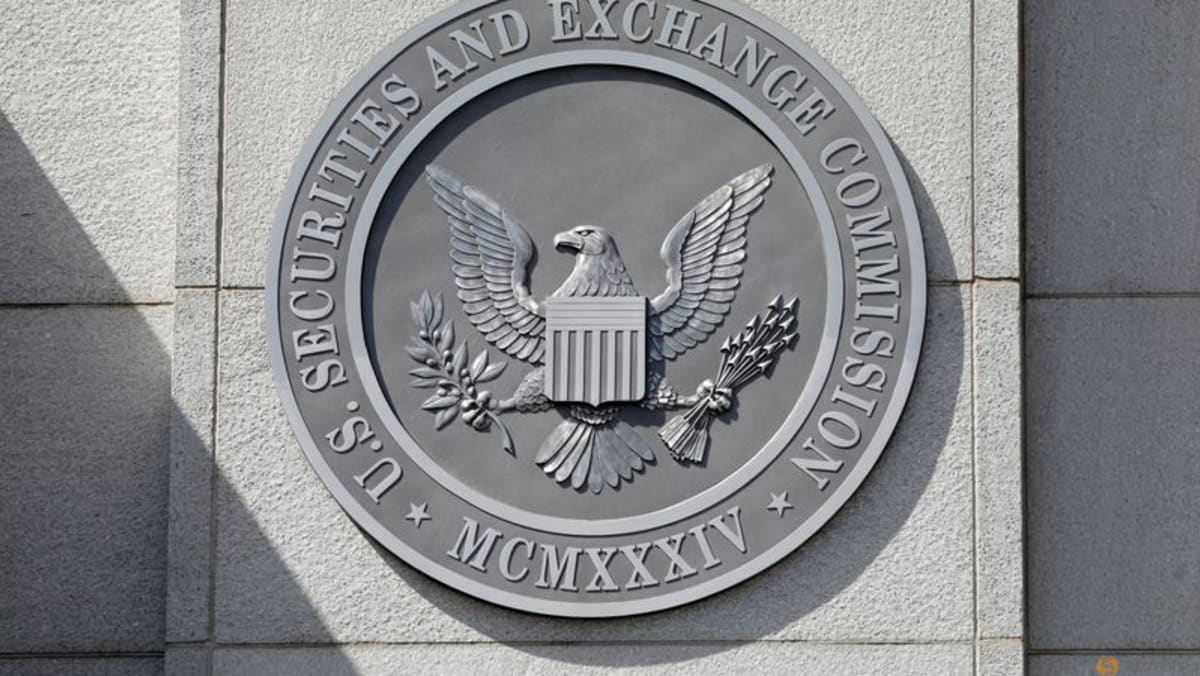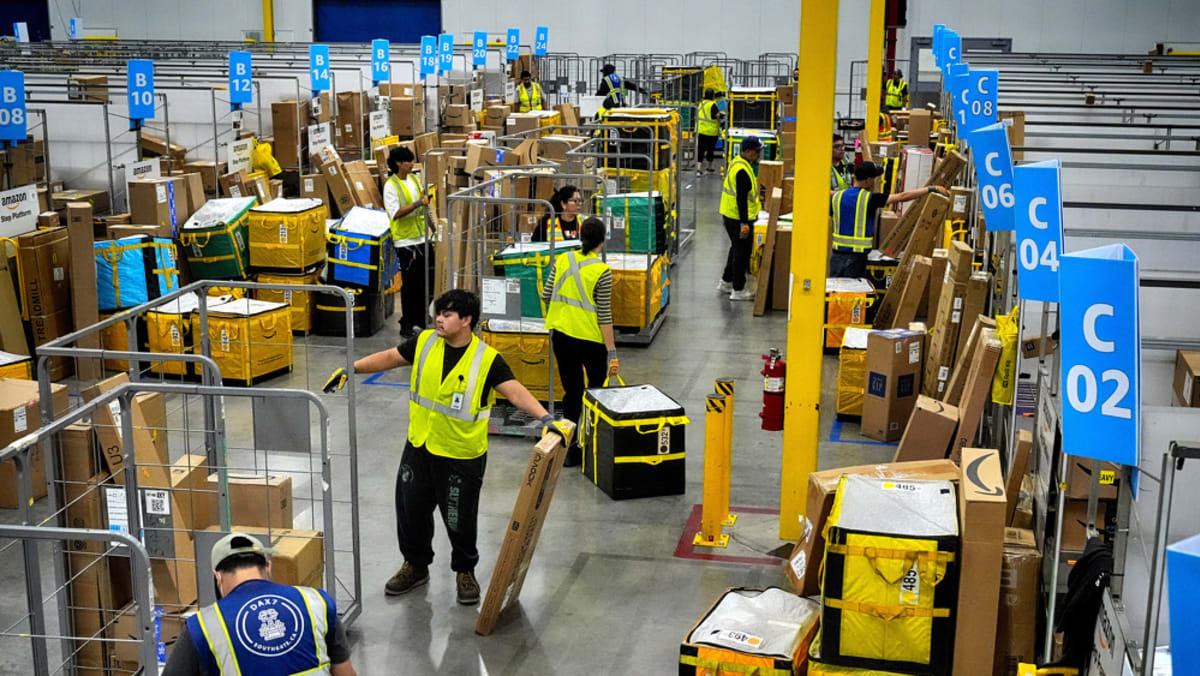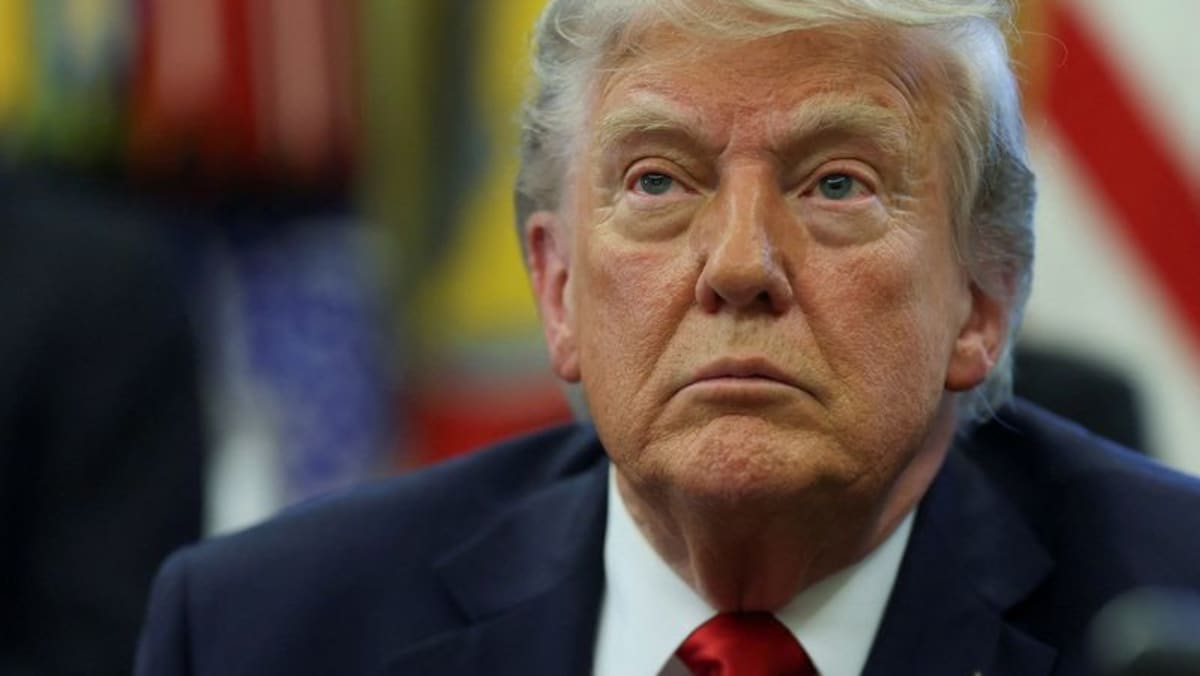Add to the mix Trump’s well-known preference for a weaker US dollar, and the current circumstances bear a striking resemblance to those of the late 1970s, when a weak dollar and a weak Fed compounded America’s first outbreak of stagflation. Remember the clueless G William Miller, who was Fed chair at the time? That is a painful part of my own experience as a Fed staffer that I would rather forget.
INCREASING RISK OF US AND GLOBAL RECESSION
The other side of the stagflationary coin is the increasing risk of US and global recession. Again, this goes back to the growing possibility of a pervasive, long-lasting uncertainty shock bearing down on the US and global economies, and the associated paralysis of business and consumer decision-making.
Trump celebrated the imposition of so-called “reciprocal” tariffs on Apr 2 as “Liberation Day”. To me, it was more like an act of sabotage, triggering retaliation and a likely decline in the global trade cycle.
If this continues, it will be exceedingly difficult for the world to sidestep recession.
The outcome of Trump’s agenda could be as destructive as that of the early 20th-century global trade war that followed the 1930 Smoot-Hawley Tariff Act, another protectionist policy blunder.
With US tariffs now even higher than they were back then (and, in fact, higher than at any point since 1909), it is worth remembering the 65 per cent contraction in global trade that occurred from 1929 to 1934. Today’s world might be lucky to get away with stagflation.
Stephen S Roach, a faculty member at Yale University and former chairman of Morgan Stanley Asia, is the author of Unbalanced: The Codependency of America and China (Yale University Press, 2014) and Accidental Conflict: American, China and the Clash of False Narratives (Yale University Press, 2022). This commentary first appeared on Project Syndicate.














